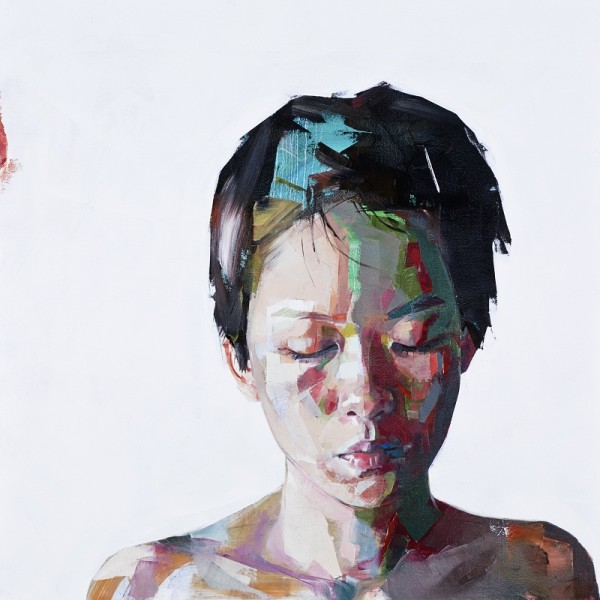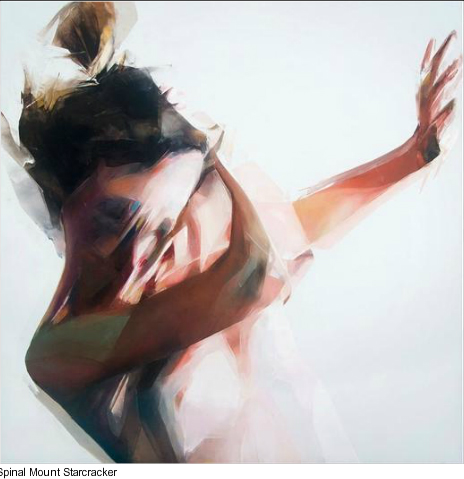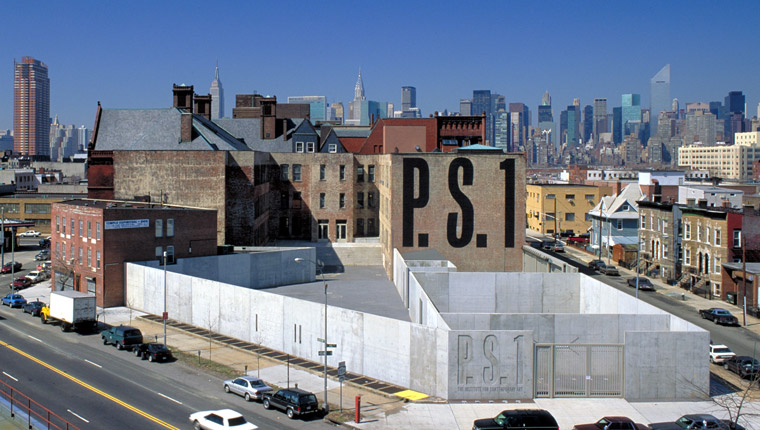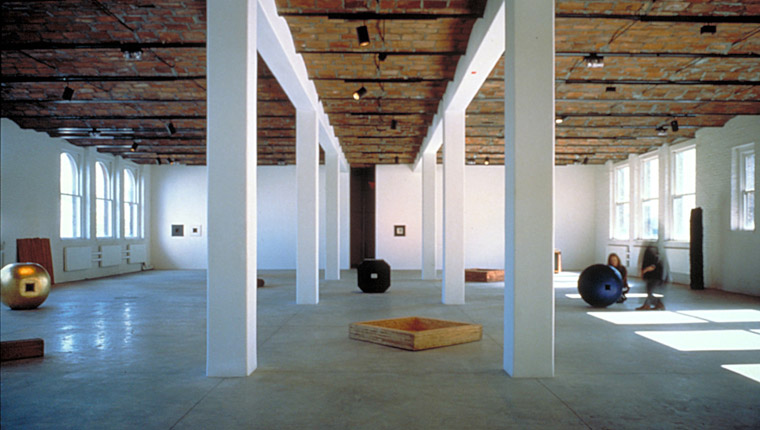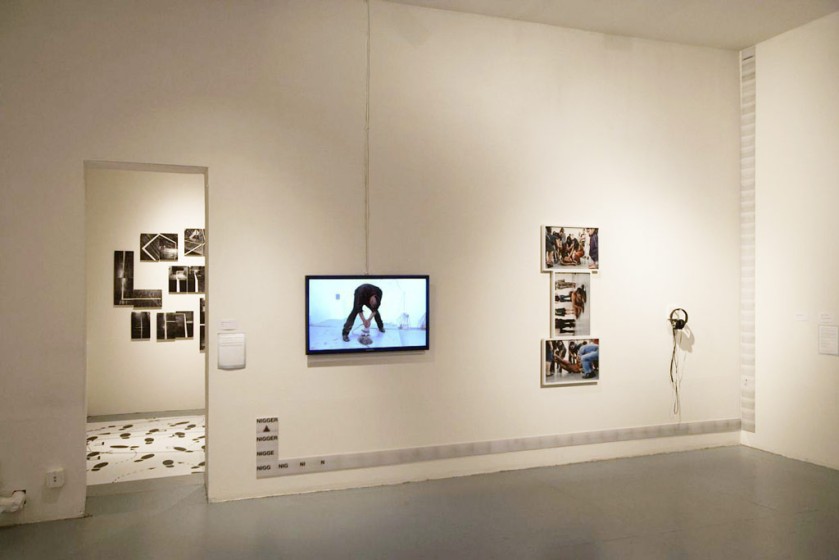
Monuments are an important part of the city’s urban morphology and of a people’s cultural identity. Monuments are symbolic buildings: they are a means of representation and are open to interpretation. They stand for something but are at the same time something in and of themselves. Memorial monument are especially there to provoke emotions by their presence, which then raise personal memories that resonate between the people, bringing them all to the same state of mind, uniting them.



Not too far from the busy capital city’s downtown, on the west bank of river Hrazdan, perched on a hill overlooking Yerevan, stands the Swallow Fortress crowned by a monument stretching over 4500 sqm, built in 1965 for the commemoration of the Armenian Genocide. The building was opened to the public in 1967. After a long debate stretching about 15 years about the possibility of building this monument in a soviet country and debating the candidates’ proposals for the monument, finally young architects Arthur Tarkhanyan and Sashur Kalashyan were chosen to implement their proposal.

Through many funding difficulties and scarcity of materials (mainly of big chunks of basalt stone) and even though there was no patent yet for it to be legal, the construction began without any changes of the project’s initial scale and design sustained only by the willfulness of the two young architects who refused to succumb to any difficulty. As the builders and architects worked together on the illegal site, they kept repeating: “We are building the graves of our grandparents.” Two thirds of the Armenian population had been systematically massacred, drowned, burned… None of them received a proper burial. Crowds of students and professors would come to the construction site to aid. Clearly, the people needed this monument and they worked together to make it happen.




During the excavations for the construction, there were found urns from the Urartian era, pointing out that the location that the architects had chosen to erect the monument was already an ancient cemetery. The mood on site became even graver if it ever could have.

Before the monument at the Swallow Fortress, the people went to the cemetery to seek Gomidas, a well known priest and artist (musicologist, composer, singer, choirmaster) who developed a severe case of post-traumatic stress disorder after witnessing atrocities done to his people. Every year, for 50 years, the Armenians silently flocked to his grave seeking a place to mourn the big wound left in them. The memorial would be built 50 years after the massive massacres took place. Ever since, during the commemoration of the genocide on April 24th, the masses that march up hill towards the monument, pass through the basalt pillars and place their flowers around the eternal fire and continue down hill.

No ornaments disturb the blank surface of the 12 slanting basalt pillars representing the 12 lost Armenian provinces. This blankness stresses the gravity of what the pillars represent. At their center burns the eternal fire in memory of the 1 and a half million who perished. Not far from them stands the memorial column, sectioned into two columns measuring 50 meters in height, darting towards the sky. At first it was clad by charcoal-ed stainless steel to mimic stone but this was later dismantled and replaced by black granite in the 1970s. The structure was strong enough to withstand the earthquake that hit Armenia in 1988. As for the proportions of the pillars and column, they are based on the same proportional scales used for planing Armenian churches.The interpretation of these structures is left to what they whisper to the visitors’ souls.

reference: Rouzan Khachanyan
























































